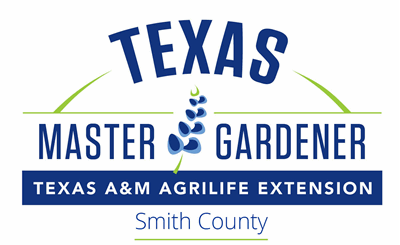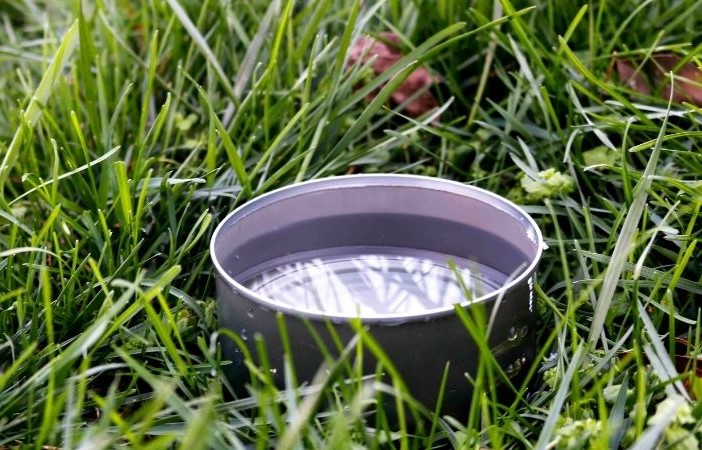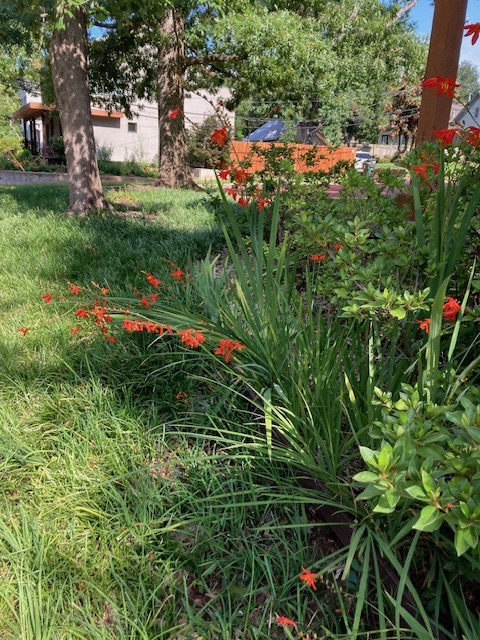Less Water is Good for your Lawn
I thought growing a lawn was easy. When we moved to Tyler eight years ago, I dreamed of gorgeous expanses of green grass on our 2 acres. Turns out most of our property was bare dirt in heavy shade and what turf we did have in the sun was a variety I had never heard of. I am still working on establishing turf and I have made many mistakes, but the biggest one is incorrectly watering.
Although watering is one of the most basic practices in lawn maintenance, it is also one most often done incorrectly. The Texas AgriLife Extension office recommends that lawns get one inch of water per week, either via natural rainfall or via a sprinkler system. In East Texas, Mother Nature typically provides adequate rainfall for most months, but we often need to supplement in June, July and August.
When watering, it is important to know how long to run your sprinklers to achieve one inch. This can vary based on your type of sprinkler, or sprinkler system, and the water pressure to your home. I have a friend who gets one inch in 20 minutes on city water, but it takes over 90 minutes at my home.
To determine the length of time to water, homeowners should do a “catch can” test. Place small containers on your lawn in a grid pattern in each zone. Tuna or cat food cans work great but you can use other same-size containers as long as they are at least 1 inch deep. Then, run your sprinkler for 15 minutes and use a ruler to measure the water depth in each container. Note the results and repeat for the next zone. Multiply by four for the hourly rate. Automated sprinkler zones can differ, so test each zone.
Now that you know how long to water to achieve one inch, we need to understand how to water deeply and less frequently. That may mean to water longer only once per week, not every-other-day for a few minutes. It is good to let the lawn dry out and struggle a bit before the next watering. If you practice this early in the season, your preparing your lawn for the heat of August. Frequent shallow watering leads to shallow root systems, which are less resilient during hot weather. Deep watering with dry out periods in between, encourages grass to develop deeper, more extensive, and more resilient root systems which are more efficiently than shallow roots.
You should also note any areas with significant runoff or ponding. To prevent runoff and water waste, you can address these areas by dividing long runtimes into two or more short cycles allowing time for the water to penetrate before adding more. Multiple shorter cycles during the day are better than increasing the number of watering days during the week.
Smith County Master Gardeners are volunteer educators certified and coordinated by the Texas A&M AgriLife Extension Service.
June Reese
Smith County Master Gardener



